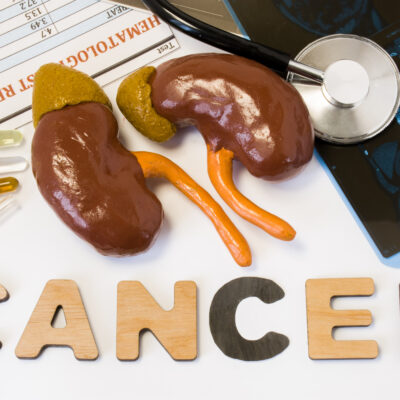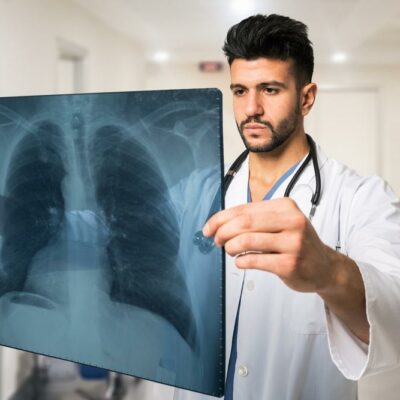
Cancer
Ovarian Cancer: Types and Treatment
Ovarian cancer is one of the many female cancers. It is a disease that begins in the fallopian tubes and moves to the ovaries, the vital organs of a woman that make up the production of eggs and the main source of female hormone estrogen and progesterone. Ovarian cancer that is in the early-stages rarely produces any symptoms. Even advanced ovarian cancer causes very few symptoms. However, some ovarian cancer symptoms to look out for include abdominal bloating, feeling full quickly after eating, weight loss, menstrual irregularity, frequent urination, discomfort in pelvic area, and changes in bowel habits. The epithelial ovarian tumors range from benign, malignant, or borderline as follows: 1. Benign Epithelial Ovarian Tumors These benign tumors mean that they do not spread and are usually not serious. The different types of benign tumors are serous cystadenomas, mucinous cystadenomas, and Brenner tumors. Usually these types of tumors disappear on their own. 2. Borderline Epithelial Tumors An ovarian cancer screening can usually detect borderline epithelial tumors. The type of screening done is a TVUS (transvaginal ultrasound) and CA-125 blood test. A TVUS is an ultrasound that uses sound waves to look at the uterus, fallopian tubes, and ovaries by inserting an ultrasound wand into the vagina.
Read More 










